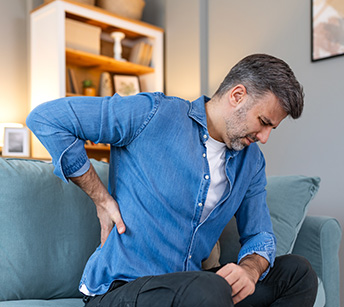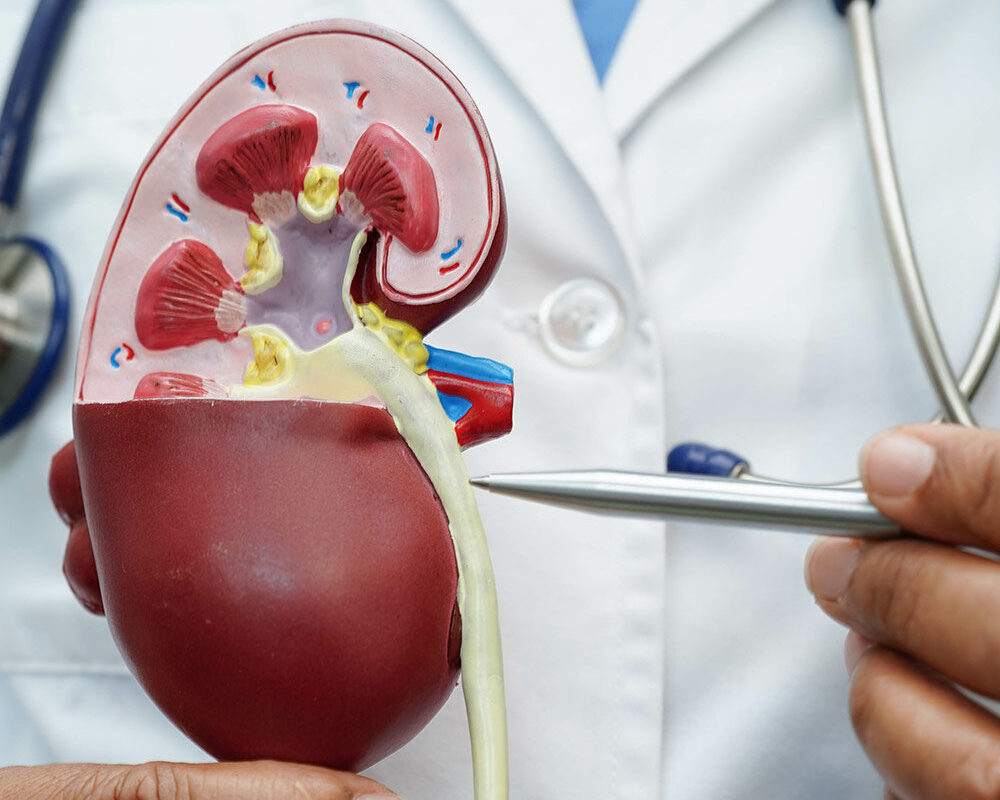
Understanding Urinary Pain
- Urinary tract infections (UTIs) are infections that can happen in any part of the urinary system.1
- Women are more likely to get UTIs than men.1
- UTIs can affect the bladder (where urine is stored), the urethra (the tube which carries urine out), or the kidneys, leading to problems like a bladder infection, an infection in the urethra, or a kidney infection.2
Causes
- A UTI occurs when germs, usually bacteria from the digestive system, enter the opening of the urethra and begin to grow.1
Risk Factors2
Things that can raise the risk of bacteria reaching the bladder include:
- Having sex
- Being pregnant
- Anything that blocks the urine flow, like kidney stones
- Trouble fully emptying the bladder, which can happen with an enlarged prostate in men or constipation in children
- Using a urinary catheter (a tube in the bladder to drain urine)
- Having a weak immune system, like in people with diabetes or those undergoing chemotherapy
- Not drinking enough water
Risk Factors2
Things that can raise the risk of bacteria reaching the bladder include:
- Having sex
- Being pregnant
- Anything that blocks the urine flow, like kidney stones
- Trouble fully emptying the bladder, which can happen with an enlarged prostate in men or constipation in children
- Using a urinary catheter (a tube in the bladder to drain urine)
- Having a weak immune system, like in people with diabetes or those undergoing chemotherapy
- Not drinking enough water

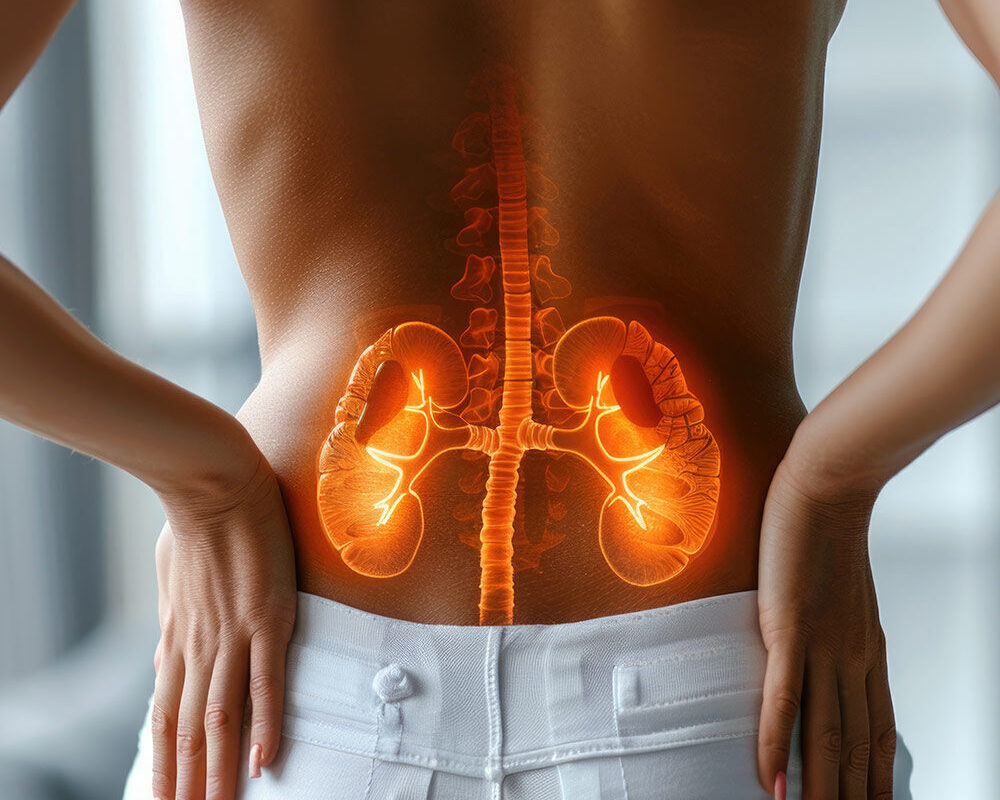
Symptoms
Symptoms of a UTI may include1:
- Needing to urinate often
- Pain or burning when urinating
- Fever
- Urine that looks dark, cloudy, or reddish (may have blood in it)
- Bad-smelling urine
- Pain even when not urinating
- Feeling tired
- Pain in the lower belly, back, or sides below the ribs
- Nausea or vomiting
- A strong urge to urinate, but only a small amount of urine is passed
Diagnosis
- A healthcare provider usually checks a patient’s health history, does a physical exam, and may recommend some tests if needed.1
- For some people, UTI symptoms don’t go away and may indicate a long-term UTI. In this case, it’s a good idea to consult a specialist.2

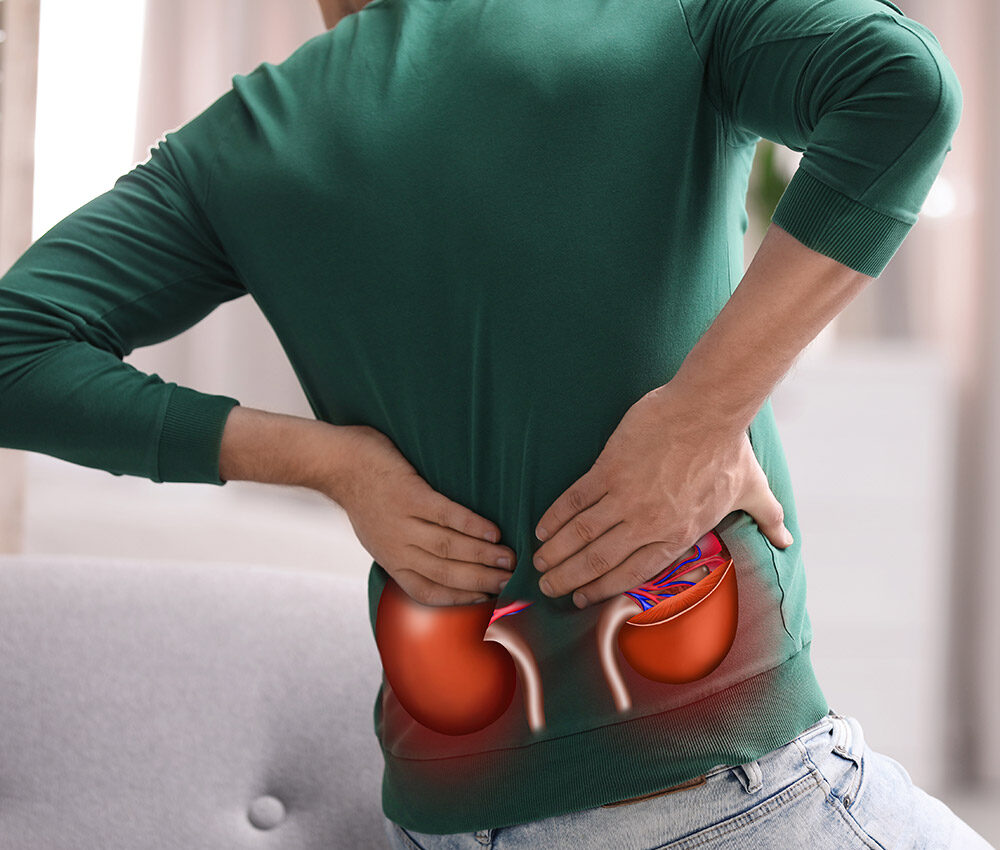
Prevention
These steps may help lower the risk of getting a UTI1:
- Drink plenty of water daily.
- Don’t hold in urine; go when you feel the urge.
- For females, wipe from front to back to prevent bacteria near the anus from getting into the vagina or urethra.
- Choose showers over baths.
- Clean the genital area before and after sex and try to urinate shortly afterward.
- Women should avoid feminine sprays or scented douches.
- Wear cotton underwear and loose clothing to keep the area around the urethra dry. Tight clothes and nylon underwear hold in moisture, which can help bacteria grow.
Management
- Drink lots of water to help flush bacteria out of the urinary system
- Avoid coffee, alcohol and spicy foods
- Quit smoking
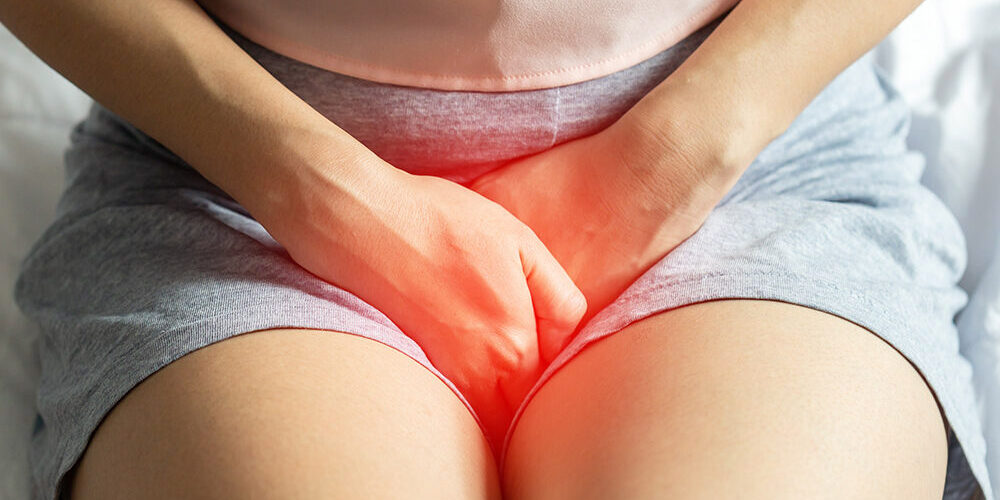
General Advice for Easing Symptoms of UTI
| Do's2: | Don'ts2: |
|---|---|
| ✓ Wipe from front to back after using the toilet. | ✕ Do not hold in your urine if you feel the urge to go. |
| ✓ Keep the genital area clean and dry. | ✕ Do not rush when you urinate; make sure to empty your bladder completely. |
| ✓ Drink plenty of fluids, especially water. | ✕ Do not wear tight synthetic underwear, such as nylon. |
| ✓ Rinse the skin around the vagina with water before and after sex. | ✕ Do not drink alcohol, as it can irritate your bladder. |
| ✓ Change diapers or pads right away if they are dirty. | ✕ Do not eat or drink too many sugary foods or drinks, as they can promote bacteria growth. |

Track Your Pain Intensity
Understanding your pain is the first step toward effective management. Our Pain Assessment Test Tool is a simple, quick, and interactive way to assess the severity and frequency of your pain. This self-assessment is designed to help you better communicate with your healthcare provider, enabling personalized and timely treatment.
If you’re experiencing chronic discomfort, our tool provides a clear, easy-to-understand analysis that empowers you to take charge of your well-being.
Start the test now to measure your pain intensity and take the first step toward relief!
References:
- Urinary tract infections. Johns Hopkins Medicine. Accessed October 29, 2024. https://www.hopkinsmedicine.org/health/conditions-and-diseases/urinary-tract-infections#:~:text=What%20are%20the%20symptoms%20of,as%20confusion%20or%20severe%20lethargy
- Urinary tract infections (UTIs). National Health Service. Reviewed March 22, 2022. Accessed October 29, 2024. https://www.nhs.uk/conditions/urinary-tract-infections-utis/#:~:text=Check%20if%20it’s%20a%20urinary,very%20low%20temperature%20below%2036C
Other Abdominal Pain
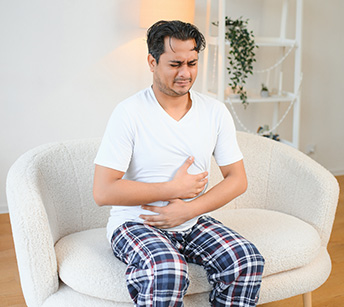
Stomach Pain
Recognize the different types of stomach pain to understand when to seek medical help.

Irritable Bowel Syndrome (Chronic)
Abdominal pain that is experienced for atleast 1D a week for 3 months.
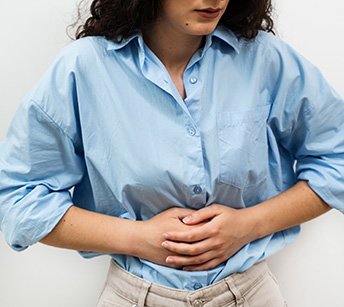
Menstrual Pain
The pain affecting individuals in their menstrual cycles typically centred in the lower abdomen
Colic (Chronic)
The sharp and localized abdominal pain that increases and then decreases in intensity.
01 Urinary Pain
A sudden, sharp, cramping pain in the side that is experienced due to kidney stone.
02 Renal Pain
The intense pain caused by a blockage in the ureter, typically due to a kidney stone.
03 Intestinal Colic
The cramping pain that comes and goes when the intestines attempt to push through a blockage.
04 Biliary Colic
A common type of upper abdominal pain caused by gallstones.
